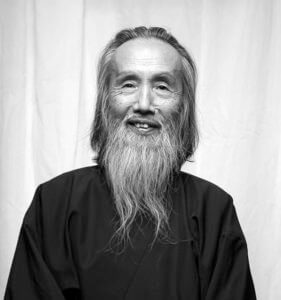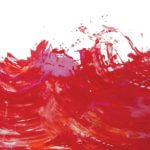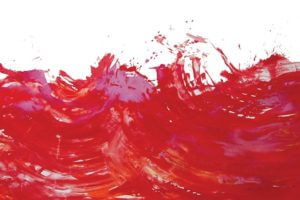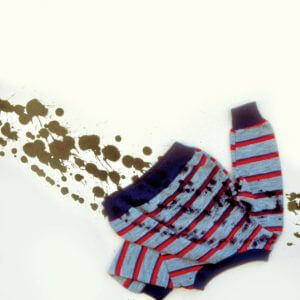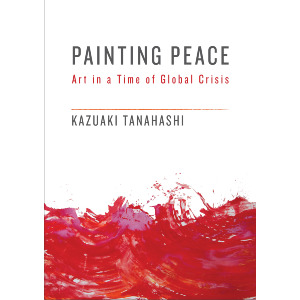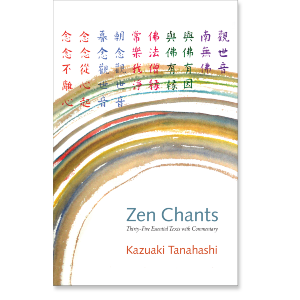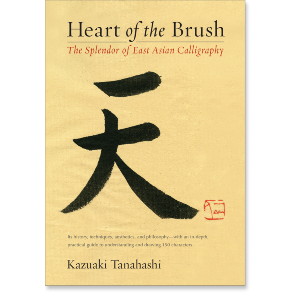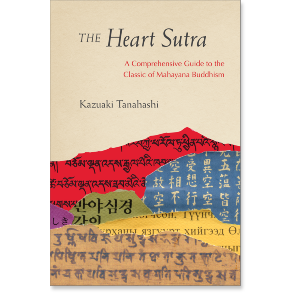This short essay was written in 1987, when no one had any idea whether the Cold War would ever come to an end. We are still in a global crisis, but in another form.
The Necessity of Political Art
Art in a period of widely-perceived global crisis can never be the same as art in more stable times. Placid ripples of lake water on canvas may reflect the deadly poison of factory waste. A photograph of a family dinner may convey messages about the millions for whom half an egg is a mere fantasy. A tender voice singing a lullaby may compel us to remember the massive nuclear attack that could occur at any moment.
Artists need audiences. More fundamentally, artists need people to love and be loved by in turn. Artists need landscapes, dreams, and ideas. Just like other beings, artists need earth to stand on, water to drink, and air to breathe. Artists need the world; without the world there can be no art, no artist. Thus global survival is the primary issue for artists, just as it is for all other human beings.
We could try to ignore the terrifying situation in which we have been living since the onset of the nuclear arms race. We could try to regard art as separate from our political concerns. We could try to deny art as a tool for social change. Art could remain innocently pleasing. But we cannot, in the end, escape from reality; we need to put out messages of our utmost concern to those we care for. Many artists have started working with global awareness, and I feel encouraged by being a part of an invisible community of socially engaged artists.
Political Beginnings
A completely nonpolitical person, I moved from Japan to the United States in 1977, as I mentioned earlier, to be a scholar-in-residence at the San Francisco Zen Center. I made English translations of writings of the thirteenth-century Japanese monk, Dōgen, and texts regarding the rituals for dharma transmission. I taught courses on the history of Japanese Buddhism and Japanese literature at the Zen Center.
In that year, while I was typing a manuscript, which later became a book entitled Moon in a Dewdrop: Writings of Zen Master Dōgen, it occured to me that this book might never have its audience. I was aware that some missiles with nuclear warheads were aimed at our city by Soviet submarines. They could attack us any day, at any hour of the day.
I said to Richard Baker Roshi, the Zen Center abbot at the time, “I think the dharma transmission we are preparing for your advanced students is important. In the event of a nuclear war, however, there might still remain dharma, but there would be no people left to transmit dharma to. Don’t you think we should try to secure the lives of people on this planet?” Richard agreed and gave me permission to start a nuclear study group at the Zen Center and work with its members. The study group quickly went beyond the confines of “study” and became active—organizing film viewings, talks and discussions, letter-writing campaigns, demonstrations, and a weekly vigil in downtown San Francisco.
“I think the dharma transmission we are preparing for your advanced students is important. In the event of a nuclear war, however, there might still remain dharma, but there would be no people left to transmit dharma to. Don’t you think we should try to secure the lives of people on this planet?”
My first antinuclear artwork was designing a logo for the World Suicide Club, founded by David Chadwick, a wild Zen practitioner. David and his friends distributed a bumper sticker with an image of a mushroom cloud and the slogan “It’s Going to Happen.” The logo I created was almost an anti-logo—just a blob of black brush paint, which was meant to be neither tasteful nor appealing at all. When Ronald Reagan visited San Francisco in 1982, a bunch of people carried placards that said, “Welcome, President Reagan. World Suicide Club.” It was black humor that reflected the fearful spirit of that time.
Stop the arms race, or . . .
In late 1986, I conceived of a series of paintings called Stop the arms race, or . . . The paintings would represent images of the world’s destruction in a thermonuclear war. As a brushworker, I thought of using lots of splashes and drips, as well as bursting gushes of pitch-dark ink. I wanted the exhibition of the paintings to travel, so the paintings needed to be small enough to be easily shipped by air cargo or checked in airplanes. Accordingly, I determined that the picture frames should be twenty-four by thirty inches.
In March 1987, I laid out four ivory-colored illustration boards on a floor of the house my family and I lived in. With two fairly large brushes, I drew two violently explosive curves across them. I was not concerned with details of the brush effect, as I did not think the end of the world should necessarily be confined to my aesthetic expectations. The next day I painted another set of four pieces again with one stroke, thus completing the series of sixteen paintings in four days with four strokes.
On one of the boards, I pasted a baby’s striped shirt, which suggested a child’s body lying on the blasted ground. (My son was one and a half years old at that time.)
While preparing for the birth of the artwork, I thought of asking people to send me brief statements that complete the sentence: “Stop the arms race, or . . .” After asking some friends to give me names of others they knew, it occurred to me that I was excluding those friends whom I did not invite by assuming that they were not engaged in stopping the arms race. It did not feel right for me to be selective.
I wondered whether being active is something many of us do daily, whether we notice it or not. Imagine what would happen if we didn’t stand in lines, stop for pedestrians, or train our children to be nonviolent. Some peace activities are prominent, but most are invisible. Just as it is said in Buddhism that everyone has buddha nature, I reflected that everyone has “peace worker nature.” So I decided to ask everyone I knew to contribute their statements.
By the time the first exhibition of Stop the arms race, or . . . was held at the LiveArt Gallery, San Francisco, in March 1987, I had received responses from over sixty people. I printed each person’s words on a sheet of paper and pasted all the messages on the walls, mingled with the paintings. Some of their statements were straightforward, some artistic, some funny. Often they came out as somber or tragic.
Stop the arms race, or the birds will have no worms; our cats will have no birds to chatter at; nothing will fly or cry.
—Pamela B. Brooks
Stop the arms race, or we will, collectively, become one very large, and very ethereal, homeless person.
—Rob Lee
Stop the arms race, lest the moving finger writes on without us, spells our common doom.
—Sandy Diamond
People also gave suggestions for alternatives:
Stop the arms race and start cooperating to feed, clothe, and house the people of the world.
—Will Walkon
Stop the arms race; stop paying for the arms race; stop paying war taxes. Pay attention to children instead.
—Robert Aitken
Stop the arms race by embracing a new image of invincibility which arises from the individual consciousness that is truly at peace with itself.
—Linda G. Scheifler
I had also asked friends to describe their life’s work and what they had done or were doing. It was a moving experience for me to get in touch with the diversity of things people do: working for a free clinic, writing a documentary poem, painting a banner, civil disobedience, organizing a “cultural park” project, organizing international meetings on peace and war, helping alcoholics, hospice work for people who have AIDS, being a consultant to the United Nations, or simply trying to be human. There are many imaginative ways to work for peace.
During the first year, Stop the arms race, or . . . was seldom exhibited, partly because I was worried about insurance. Who would pay for it—the host, art patrons, or me? And who would look for angels? (I was ill-suited for fundraising.) Then I decided I would make new paintings to replace lost or damaged pieces in case of accidents. It seemed to be an obvious solution, since each painting consisted of only a quarter stroke. Soon these statements and paintings were scheduled to be exhibited in a university, a public library, meditation and conference centers. People in the United States and overseas had offered to host or arrange viewing the works.
When I was participating in Zen practice at the San Francisco Zen Center, I often wondered about the significance of the part of the chant done before meals: “The third portion (of this food) is to save all sentient beings.” Can we physically save all sentient beings? Or is it merely a symbolic phrase that doesn’t mean anything? It seemed ironic to me that ever since we began constructing systems that could destroy the entire planet, we, too, have the power collectively to save all beings by working toward a world without such destructive devices.
One of an artist’s most urgent roles is to help transform people’s consciousness in the direction of a world in which we do not have to fear global suicide. We do have the power to make a difference, if we act before it’s too late.
One of an artist’s most urgent roles is to help transform people’s consciousness in the direction of a world in which we do not have to fear global suicide. We do have the power to make a difference, if we act before it’s too late.
Related Books
$21.95 - Paperback
$21.95 - Paperback
$39.95 - Paperback
$24.95 - Paperback
